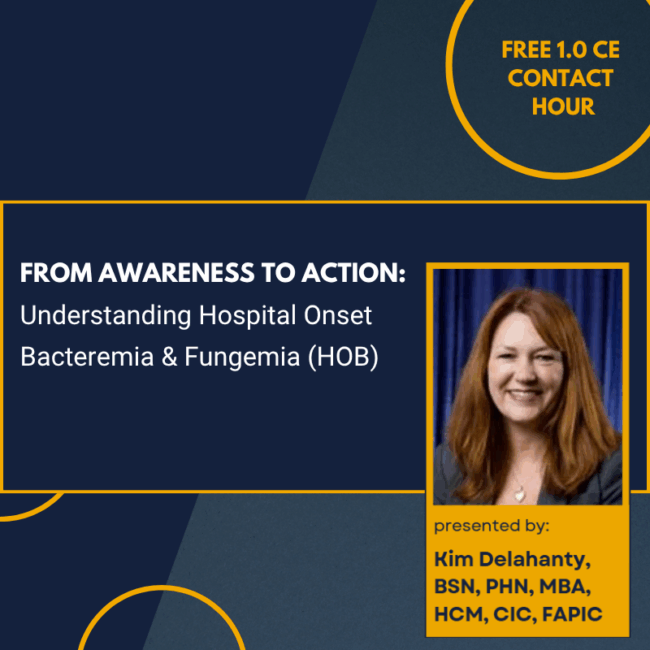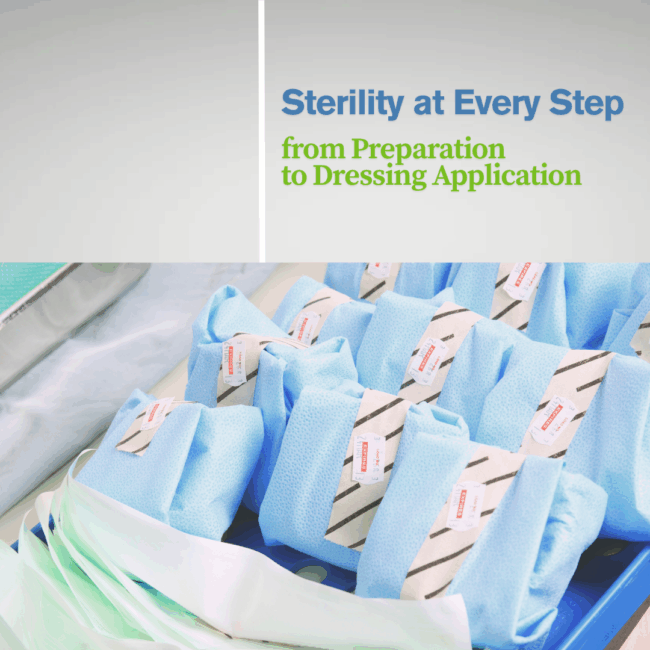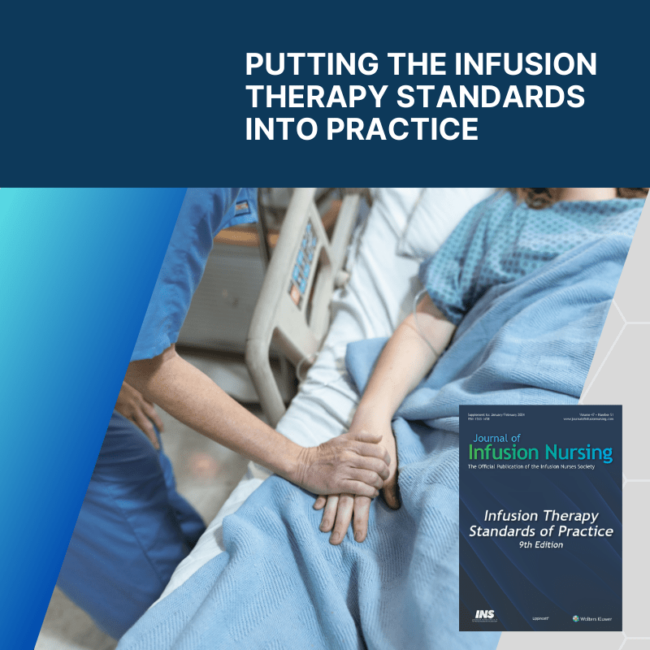2025 Year in Review
2025 Year in Review Thank you for being part of the Eloquest Healthcare Blog community throughout 2025! We’re grateful for your readership and hope our articles have informed, inspired, and strengthened your clinical practice. Below is a roundup of this year’s top-engaged posts. We invite you to revisit and share your favorites: When CVC dressings…











